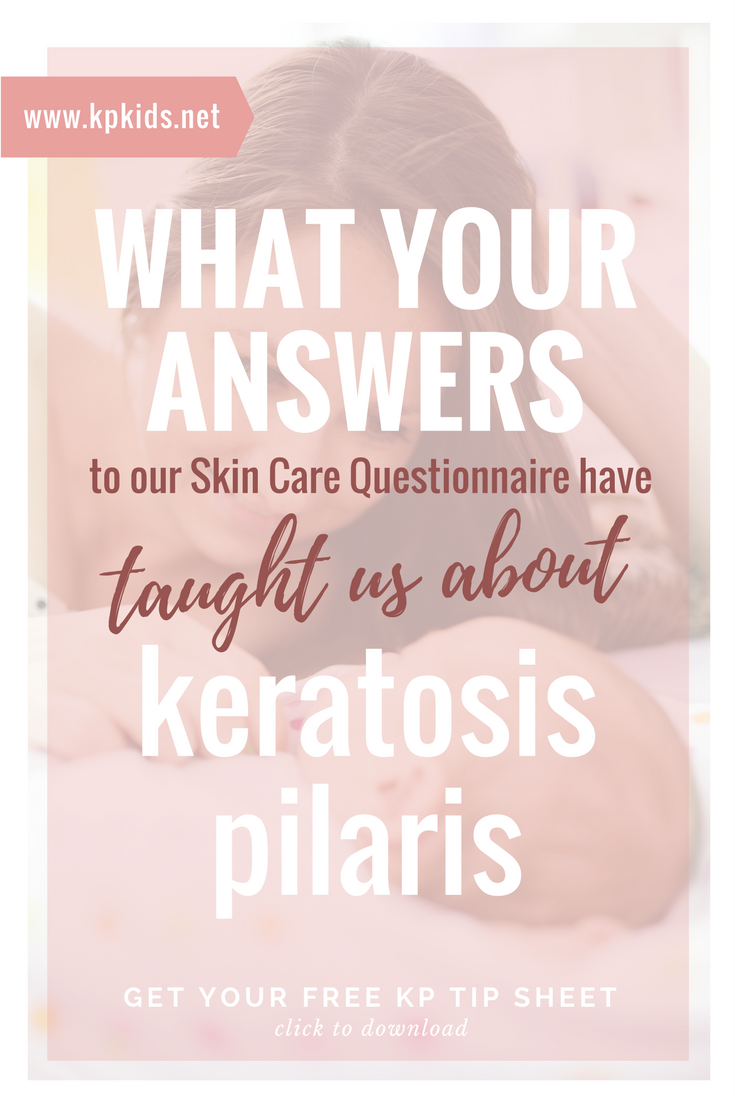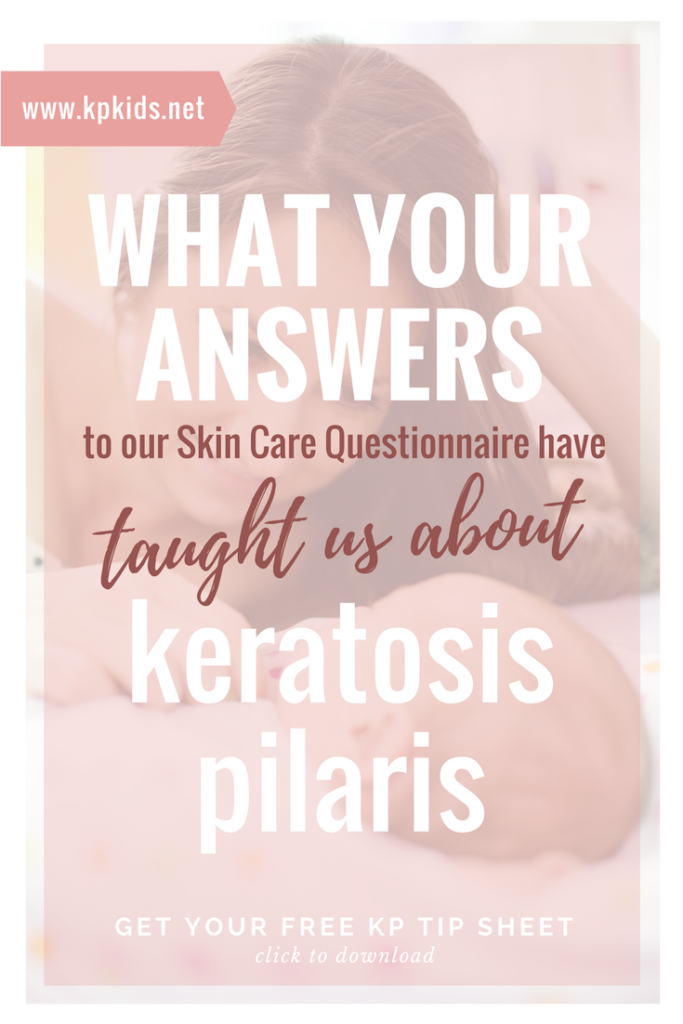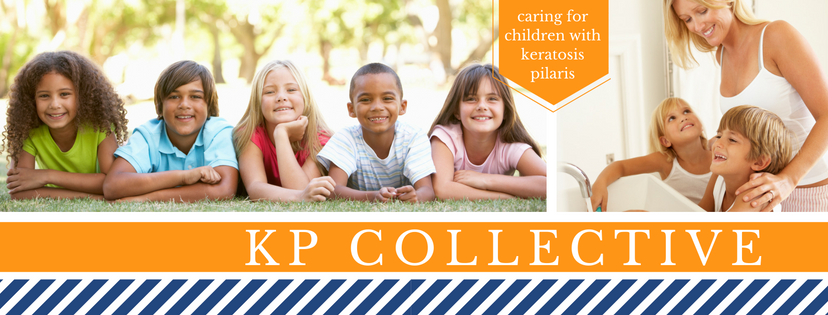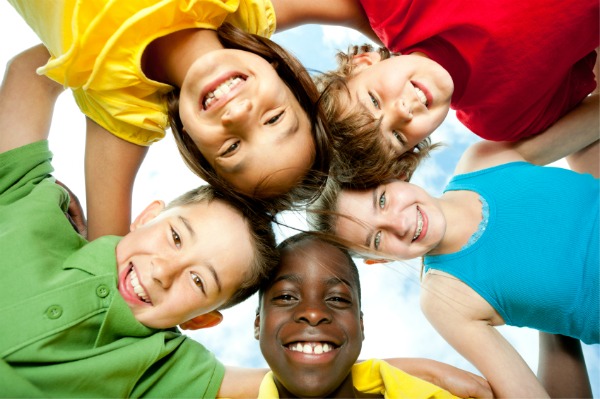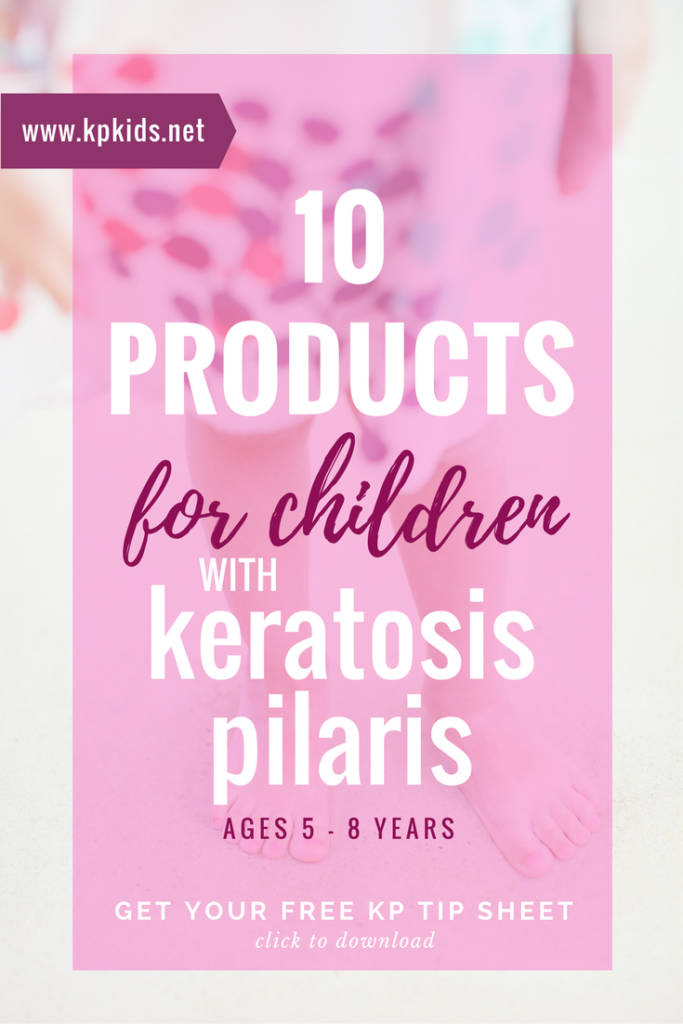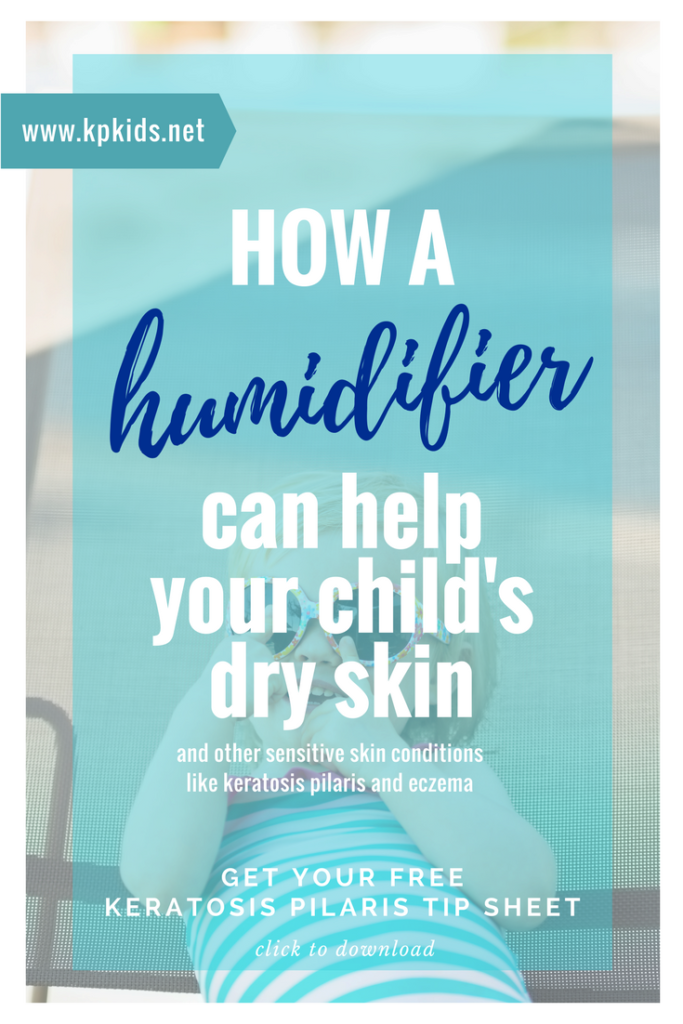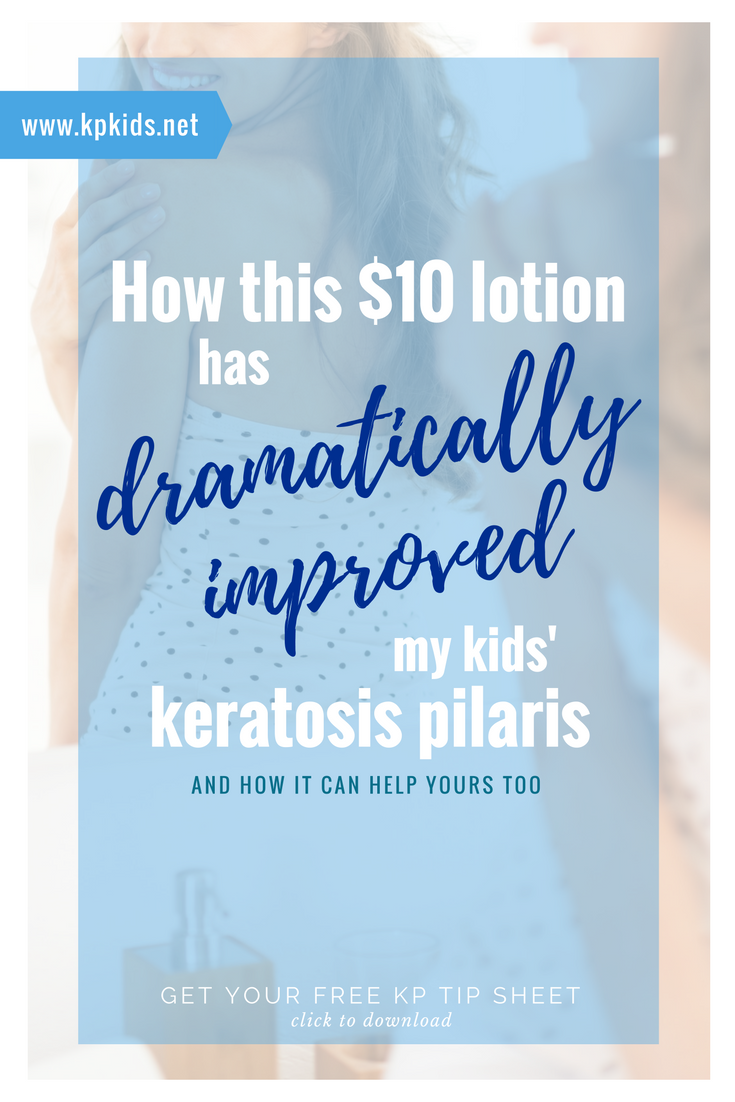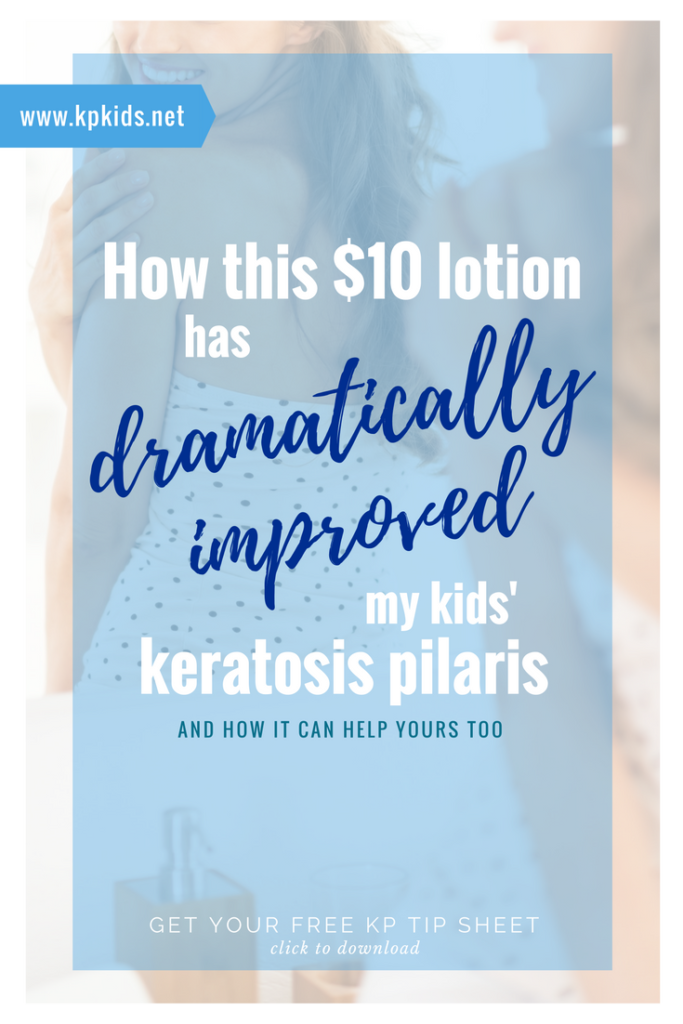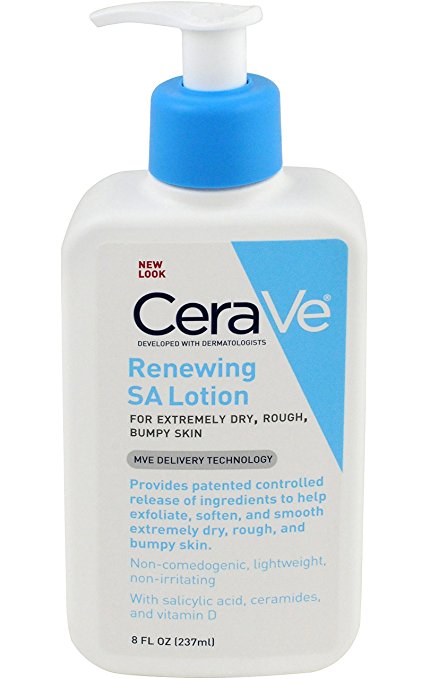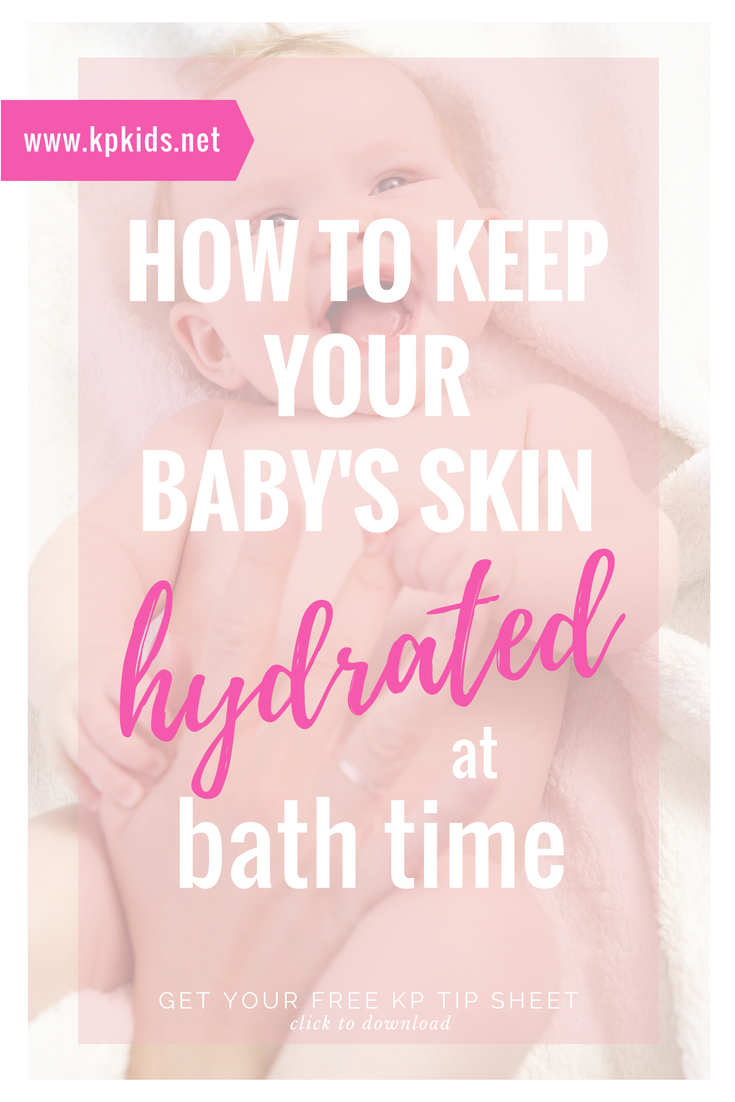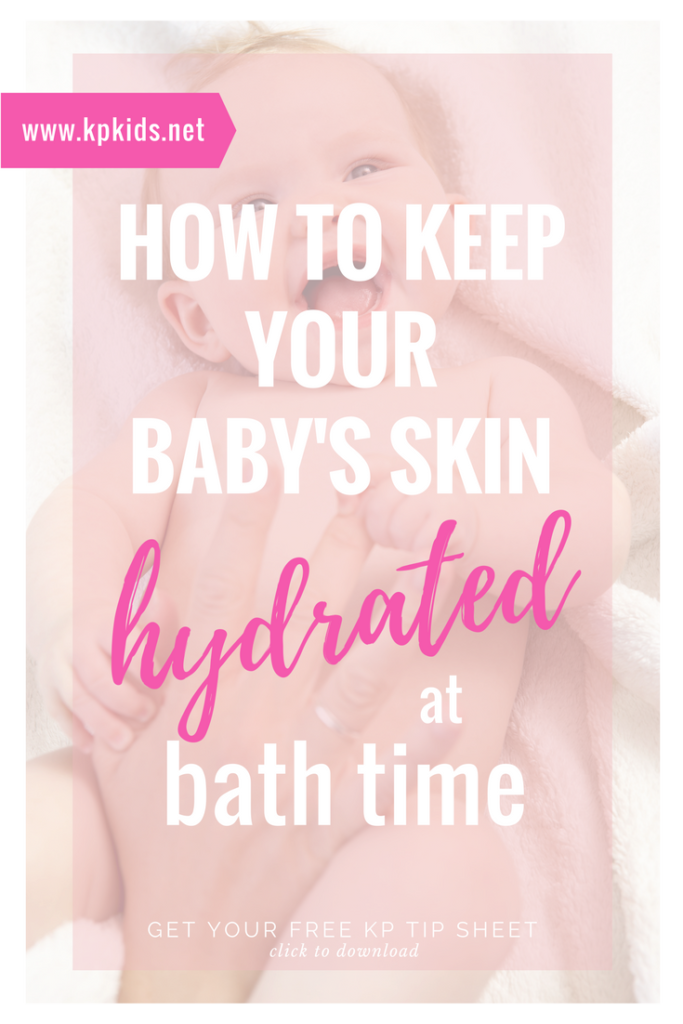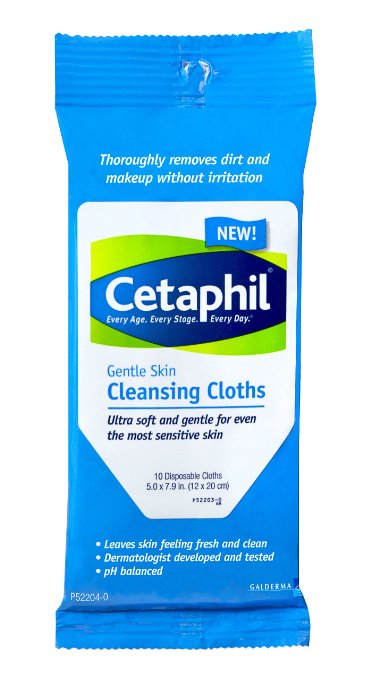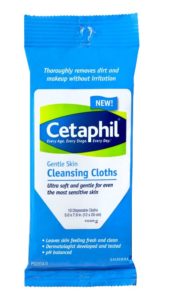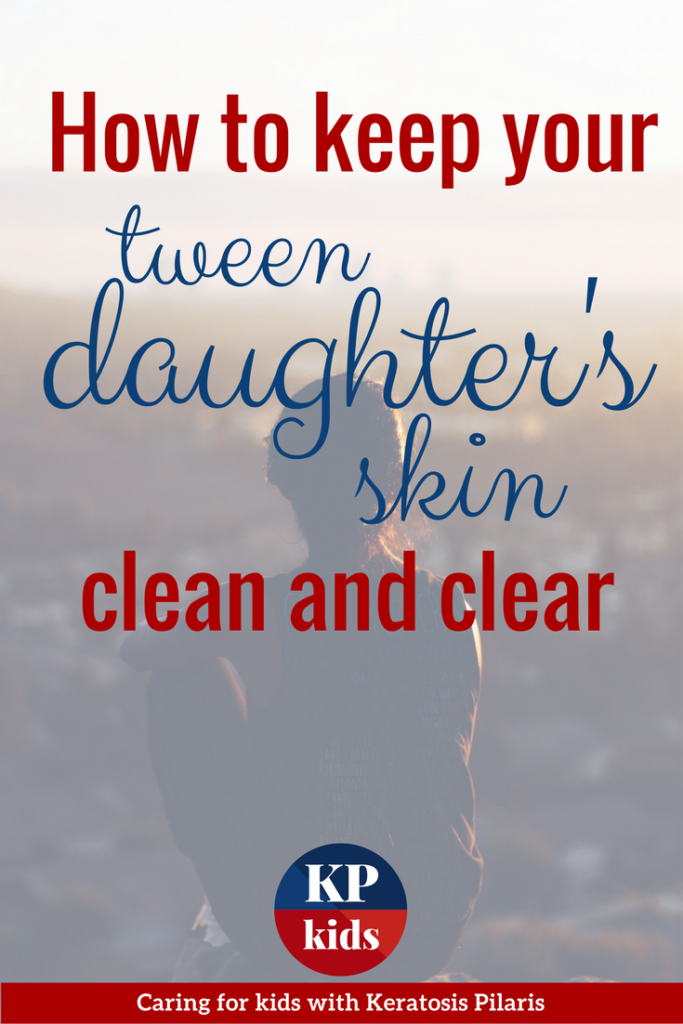The results are in! Your helpful responses have taught us volumes about what you, as a parent of a child with keratosis pilaris, are struggling with and how you’re treating this often-frustrating skin condition.
In January of 2017, we asked readers about their experience with their child’s keratosis pilaris, what clears it up, what makes it worse, and what they want to try in the future to improve their skin long-term. We left the survey open for a month, and have made some interesting observations about how you are currently treating your child’s KP and what’s working for you.
We were super excited to read through every response, so THANK YOU for taking the time to share your answers with us!
Here’s what your responses to these 10 simple questions have taught us…
How KP Starts
Our first question was a simple one in asking the sex of your child. While the girls were the majority, it was only by a few points (55.9% female vs. 44.1% male). There hasn’t been any research to show that keratosis pilaris is more common in females vs. males, but this is an interesting find.
We also asked you at what age you first noticed your child’s keratosis pilaris, and 50% of you discovered it within the first year (that’s actually surprising!). As parents we often think of skin conditions developing more in their toddler years when they’re more active and into everything, but the first year of life can bring on a lot of environmental and nutritional changes.
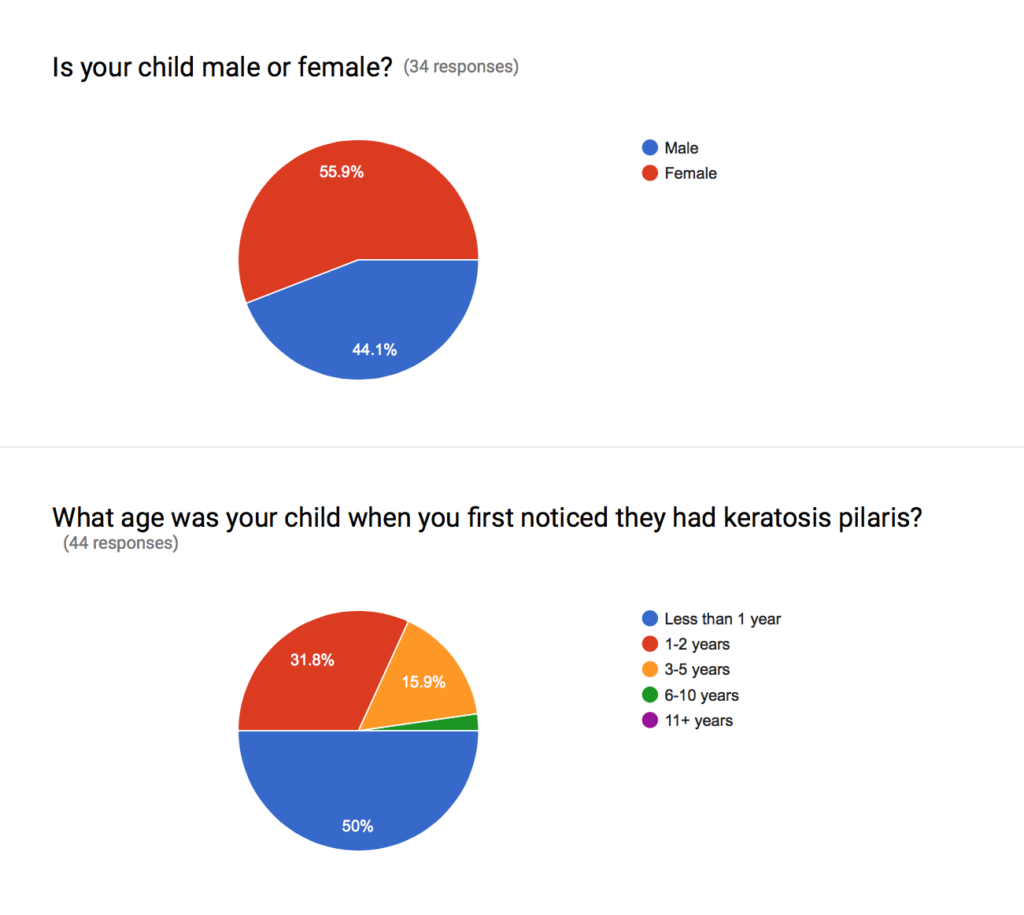
RELATED: If I have it, will my child develop Keratosis Pilaris?
Where does Keratosis Pilaris come from?
It is widely know that keratosis pilaris (and many similar skin conditions) can have a hereditary cause, which means that if you have KP then your children are likely to develop it as well. Your responses to the next question were not surprising.
Over 45% of you have keratosis pilaris yourselves, while another 22.7% of you were unsure if you have it.
Food sensitivities and allergies are typically the first assumption parents make when their child develops KP. However, based on your responses, the food allergies are minimal to non-existent for your KP kids with over 85% of our readers telling us their kids have no food allergies at all. While this is an interesting statistic to read, some parents may find that their KP kid may still have nutritional deficiencies in their diet that can lead to keratosis pilaris flare-ups (namely vitamin A & vitamin D, ask your doctor).
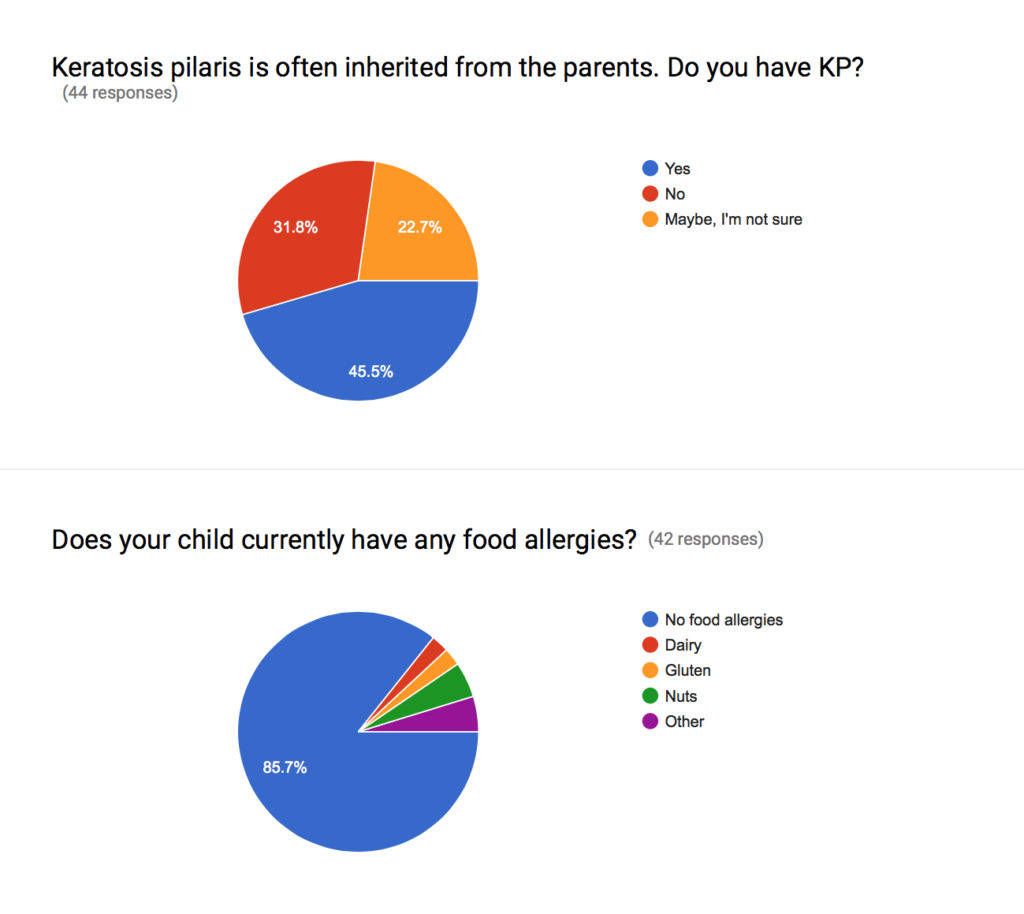
RELATED: How a Humidifier can Help your Child’s Dry Skin
How do you Treat Keratosis Pilaris?
As any parent of a KP kid will tell you, keeping their child’s skin moisturized is only one step in effectively treating keratosis pilaris. So we asked parents what methods they were using to treat their kids’ KP. Beyond using moisturizing lotions and creams (74.4% of you, nice job), many of you are also using alpha-hydroxy lotions that contain salicylic acid and hyaluronic acid to slough off that top layer of dead skin (44.2% of you, way to go!). Using extra sunscreen (in a gentler formula) is always advised for kids with KP, so we’re super happy to hear that 30% of you have stepped up the sunscreen protection as well.
Soon your toddler turns into an active child, so we asked if their activity in sports has affected their skin. Most of you replied that your children don’t play sports yet (58% of you) or that there is no noticeable change in their skin from high-activity sports (23% of you).
What’s important to note here is that if you’ve only recently received a diagnosis of keratosis pilaris from your child’s pediatrician or dermatologist, then your child may still be age 3 and younger (see the second question above) and not involved in sports yet. When the sports activities do begin, keep the frequent sweating and showering routine in mind as your child grows and be sure to establish good skin care habits early.
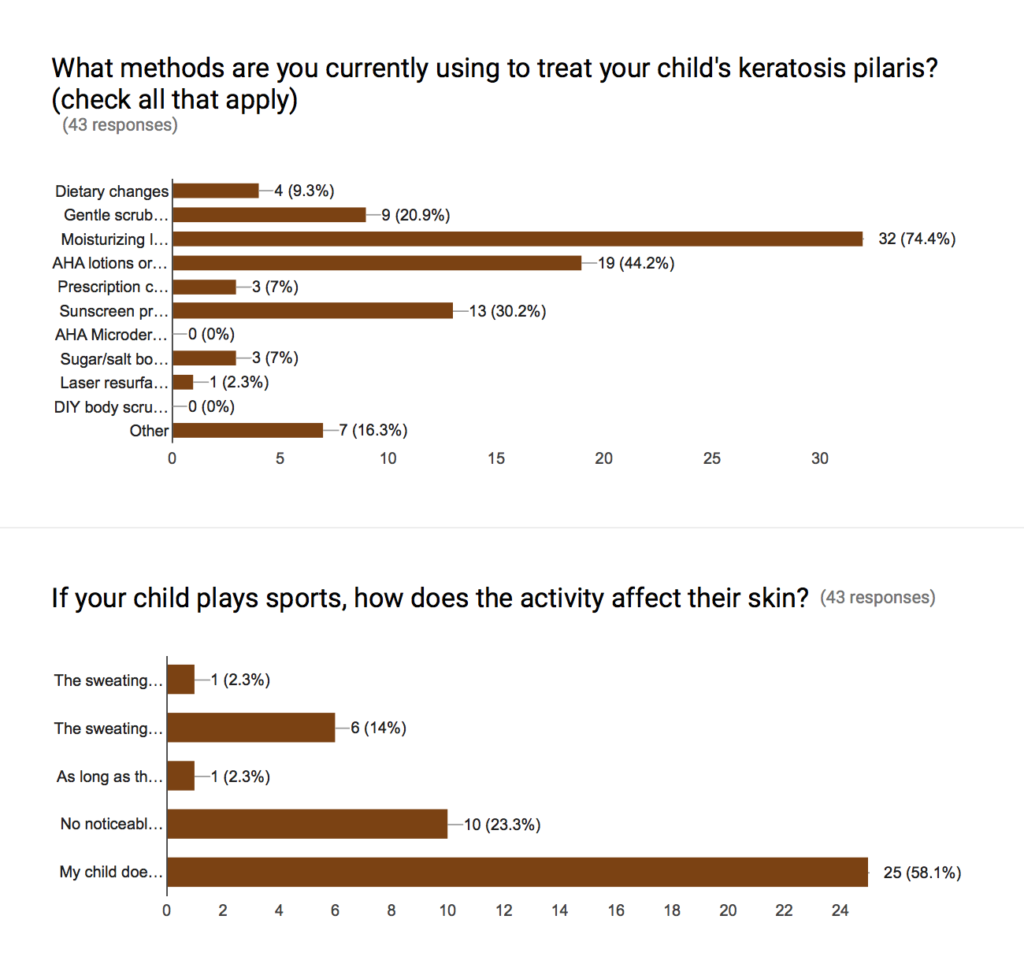
RELATED: How this $10 Lotion has Improved my Kids’ Keratosis Pilaris
So what’s working to improve your child’s keratosis pilaris?
What are you doing today that is WORKING? We asked parents to share with us what methods or products were working for them in treating their child’s KP and the responses varied greatly.
From establishing a solid routine of moisturizing every day to trying different AHA lotions, the trial-and-error of finding what works best for your child may seem never-ending. But rest assured that you are not alone and every child’s skin reacts differently. Keep trying to find the right combination of soaps, cleansers, lotions, scrubs and even laundry detergents that will make a noticeable difference, and adjust your routine seasonally as needed.
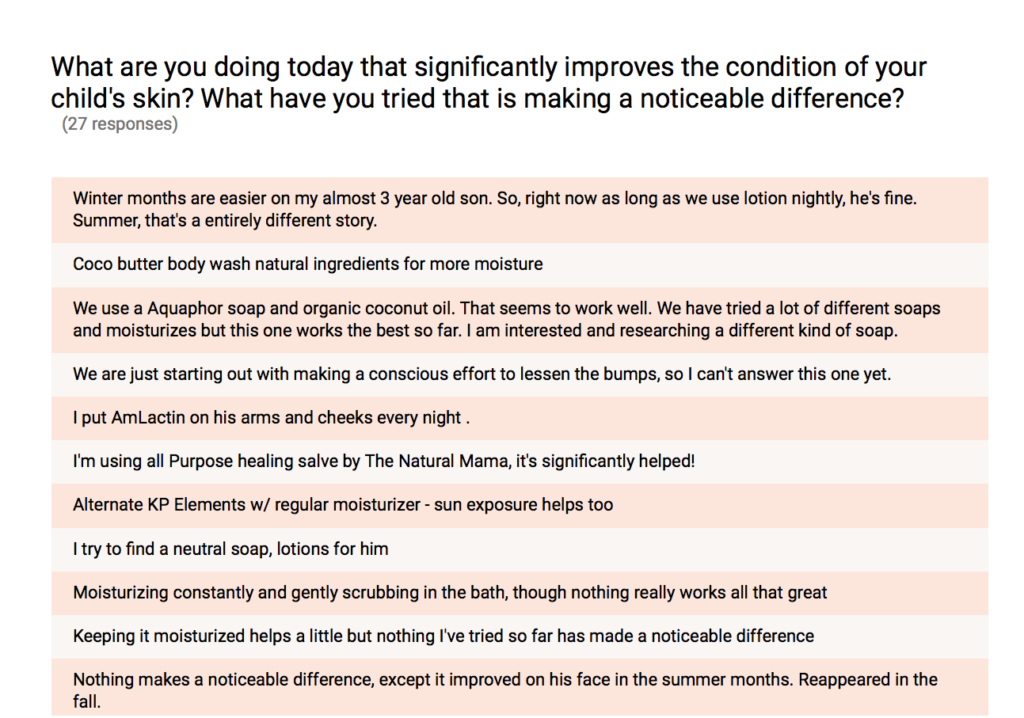
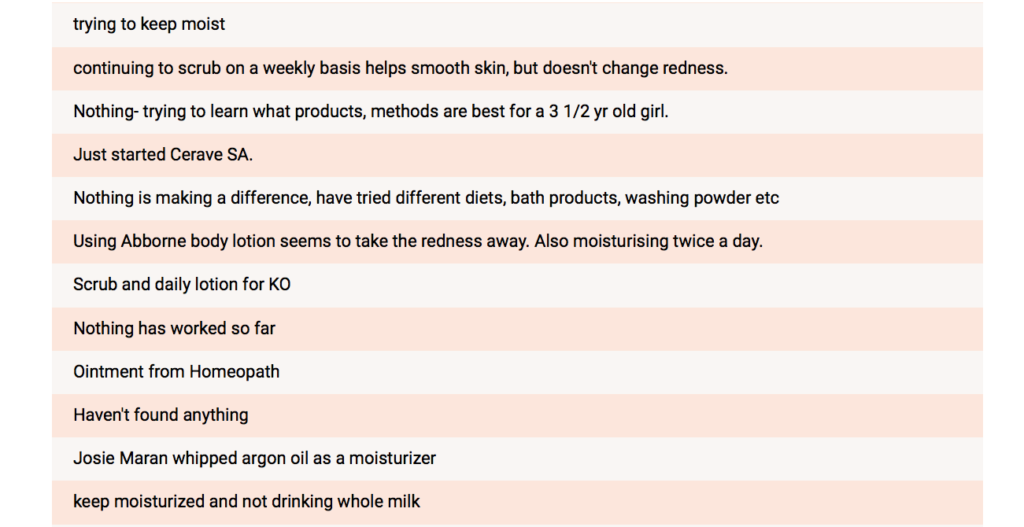

Products mentioned above include: Cocoa Butter Body Wash, Aquaphor Baby Wash & Shampoo, Organic Coconut Oil, AmLactin AHA Lotion, KP Elements, CeraVe SA lotion, Josie Maran Whipped Argon Oil Body Butter, Olive Oil Body Butter, Fish Oil Supplements, Epsom Bath Salts, SkinFix Renewing Cream, Roll-On Castor Oil.
Note: Always read labels and directions before using any product. Consult your doctor or dermatologist for specific advice about keratosis pilaris.
RELATED: Grab your FREE KP Tip Sheet
to learn 10 things you can do in the next 24 hours to improve your child’s skin.
Can Keratosis Pilaris be seasonal?
Recently in our new Facebook group, we asked you and our readers where in the world you lived. Although we’re based in Texas, we were surprised to hear that some of our readers were from far outside the US, including Germany, UK and Australia. Regardless of where you live, the change in seasons can affect your child’s skin and their keratosis pilaris may flare up in extremely dry conditions like cold Winter weather.
Most parents told us that their child’s skin looks and feels worse in the Winter, and only somewhat worse in the Summer. It’s also interesting to hear from a few parents who say their child’s skin actually looks and feels better in the cooler, drier weather of Winter than the typically warmer, more humid weather of Summer. Our advice: keep experimenting.
Are you a member of our private Facebook group yet?
There’s hundreds of helpful parents sharing tips or treating keratosis pilaris in kids each week. It’s free to join with 1-click!
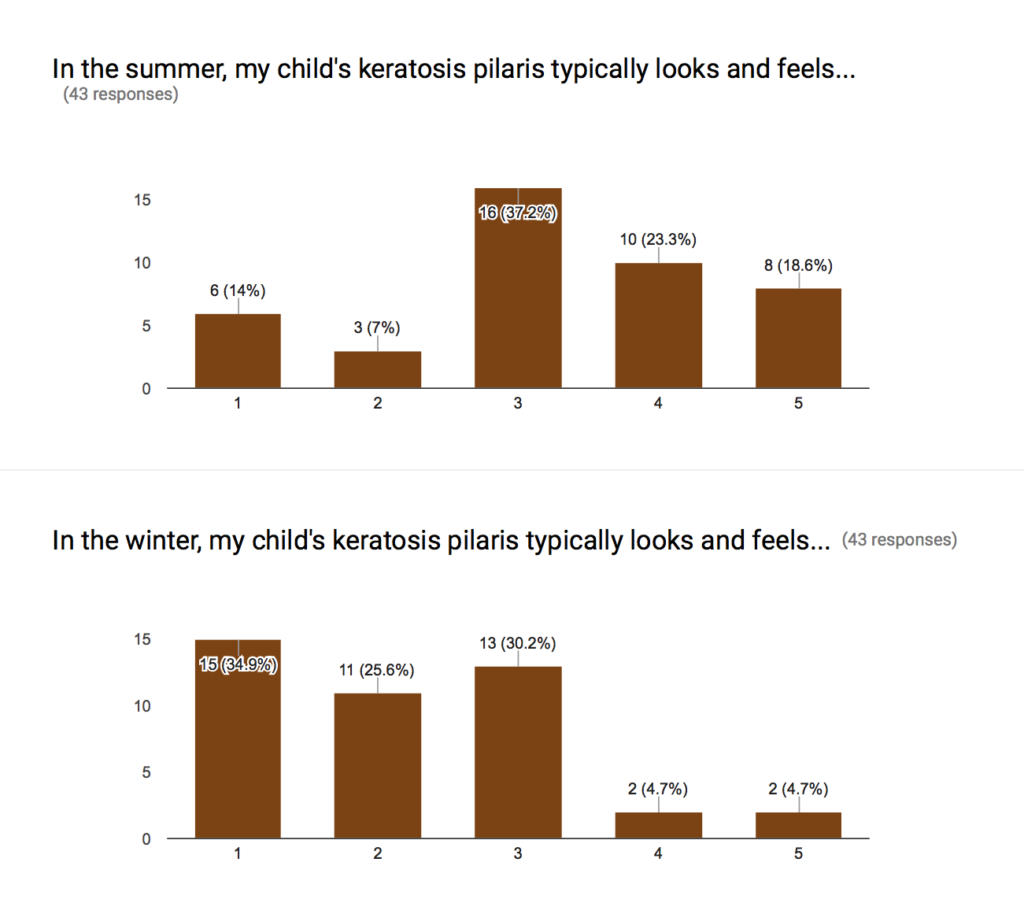
RELATED: 5 Things NOT to do for Kids with Keratosis Pilaris
So your kid has KP. What should you do now?
You’ve narrowed it down, seen the dermatologist and gotten the diagnosis of keratosis pilaris. You’re concerned and worried about how their skin looks. So what should you do now? Let’s make a plan.
Start with gentler products, begin moisturizing regularly, use a humidifier, and consider factors like laundry detergent and fabric softeners, as well as dietary changes. See what products we’re currently using in our home here.
When we asked our readers what’s on their list of things to try to hopefully improve their child’s keratosis pilaris, here’s what they had to say…

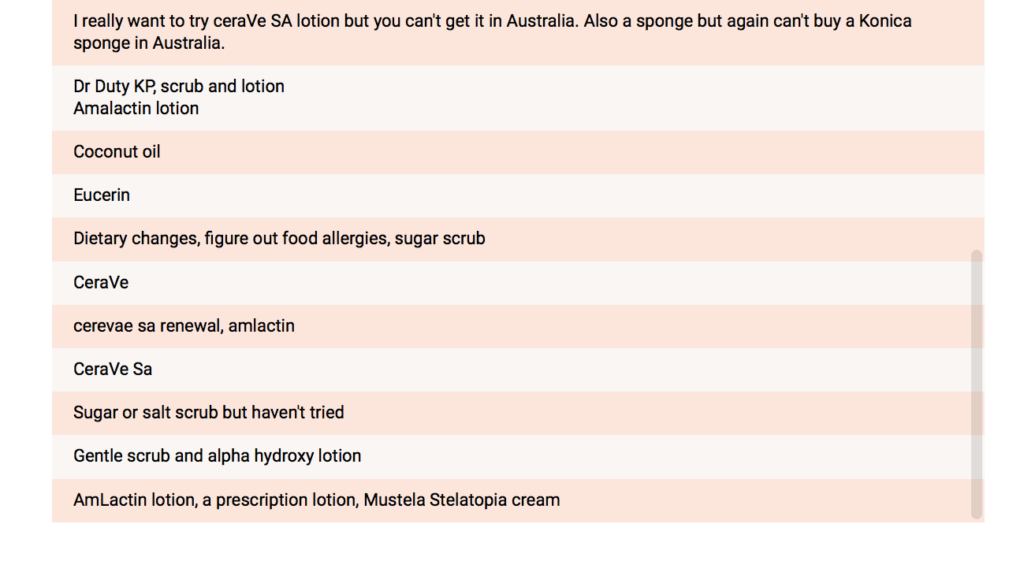
Products mentioned above include: Shea Moisture Baby Lotion, Cetaphil Moisturizing Cream, AmLactin AHA Lotion, CeraVe SA lotion, gluten-free food & recipes, AHA lotions, Kerapil, Konjac sponges, Frankincense essential oil, SkinFix Renewing Cream, DermaDoctor KP Duty, Coconut Oil, Eucerin Advanced Repair Cream, sugar scrub, salt scrub, Mustela Stelatopia cream.
Note: Always read labels and directions before using any product. Consult your doctor or dermatologist for specific advice about keratosis pilaris.
RELATED: Recommended Products for Children with KP: 5 – 8 years
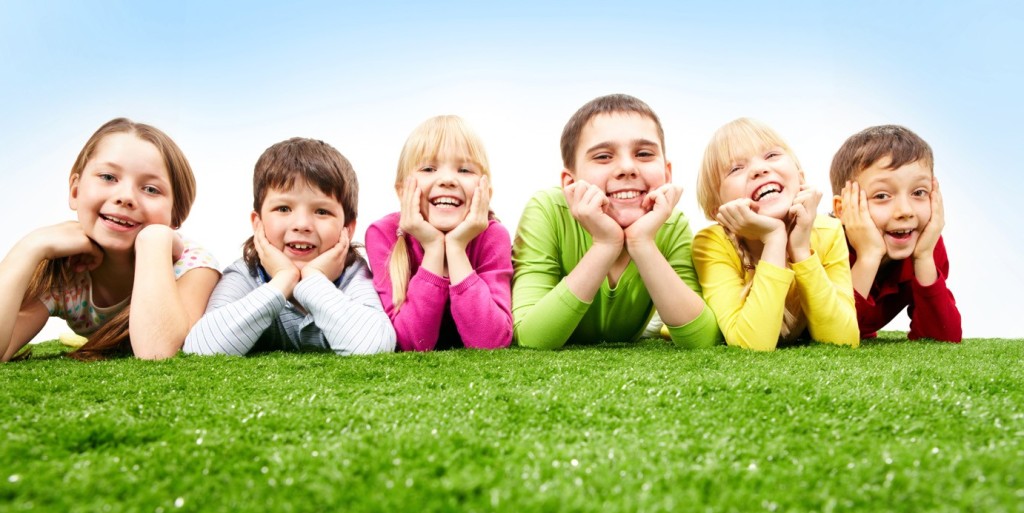
We’ve learned a lot, so what’s next?
We sincerely appreciate each of our readers who took the time to answer the 10 questions we posed about caring for your child’s keratosis pilaris. We’ve learned volumes about what frustrates most parents in dealing with this skin condition… Finding a product or method that makes your kid’s skin look and feel better.
Finding that perfect product, gentle-enough scrub, gluten-free recipe book to try, or sunscreen for their sensitive skin can each be an ongoing challenge. Just remember, every child’s skin reacts differently and just as easily as their taste in food changes, so will their skin change as they grow.
You are not alone! Keep experimenting with a variety of products or cleansing/scrubbing methods to find some improvement in their skin texture and appearance. Soon we’ll say goodbye to that “chicken skin” because together, we’ll find something that works.
Thank you for all of your helpful responses!
Join our incredibly helpful KP Collective community on Facebook to connect with hundreds of other parents of KP kids to get tips, advice and recommendations.
Join the KP Collective with just 1-click (it’s free)!
If you’ve found this information about keratosis pilaris in children to be helpful, please forward this post to a friend who may also have a KP kid. Thank you!
